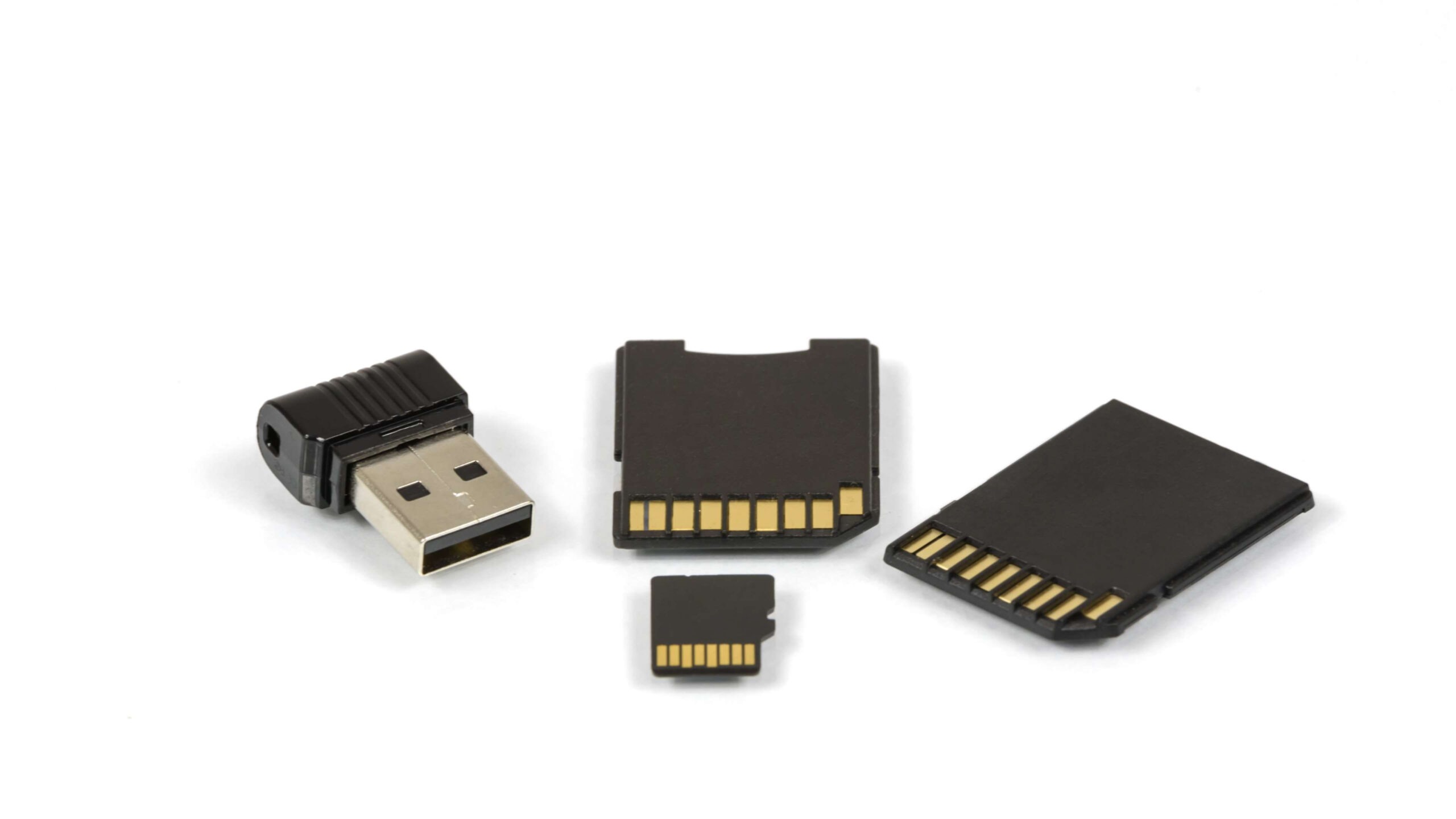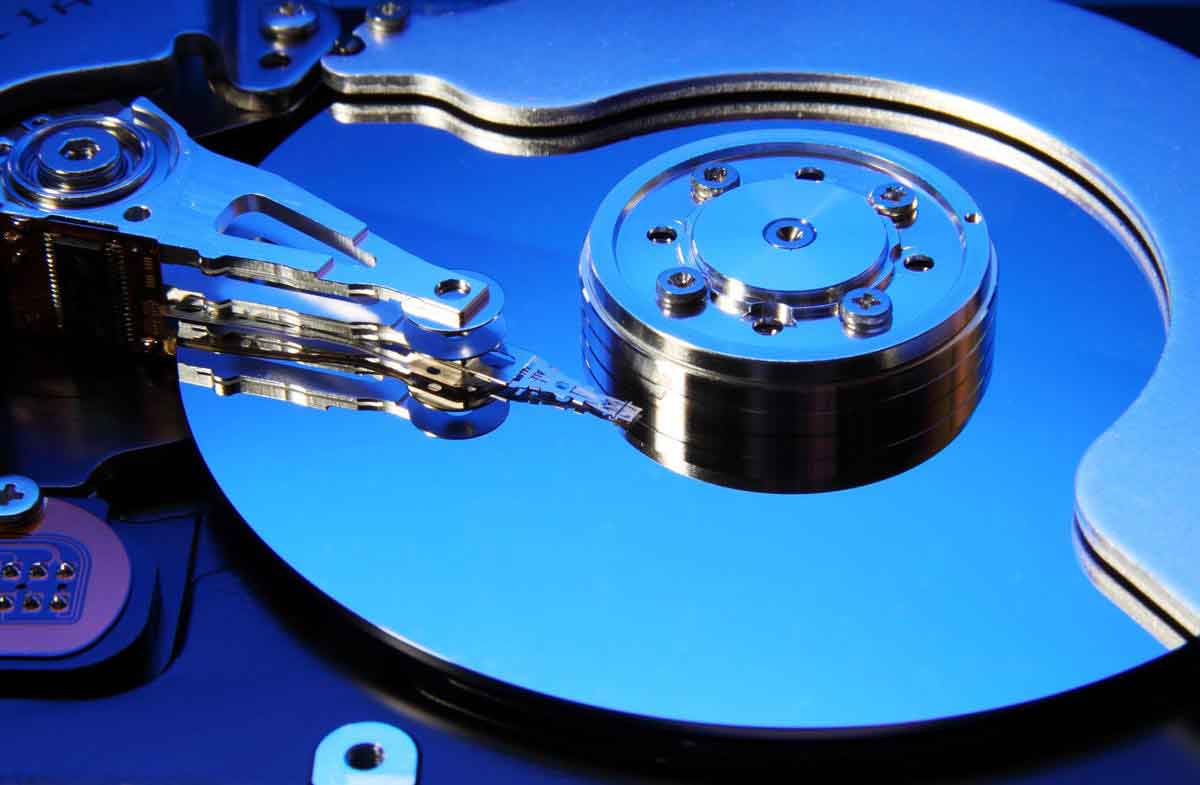Now these days recovering important data from any external hard drive can be a crucial task for a user, especially when important files or information is at stake. Whether any data loss is due to accidental deletion, formatting, corruption, or hardware failure, the process involves a combination of software tools, technical expertise, and careful execution. We will explore the key steps and considerations involved in recovering data from an external hard drive in this comprehensive guide.
Evaluate the exact Situation:
Before attempting any data recovery services, it’s essential to assess the situation and determine the cause of data loss. Understanding whether the issue is logical (software-related) or physical (hardware-related) helps in choosing the appropriate data recovery method.
Stop Using the Data Drive:
It is advisable to prevent further data loss or overwriting to stop using the external hard drive immediately after realizing your hard drive data is lost. Continued use may overwrite the sectors containing the deleted or lost files, making hard drive data recovery more challenging or even impossible some time.
Software-Based Data Recovery:
As per long experience for any logical data loss issues, software-based recovery tools play a very crucial role. There are numerous third-party applications designed to scan and retrieve lost ssd drive data. These tools use various algorithms to identify and recover deleted or corrupted files of a drive. It’s important to note that the success of software-based recovery depends on the extent of data overwriting and the specific circumstances of drive data loss.
Hardware-Based lost Data Recovery:
It is another case, so in case of physical damage to the external hard drive, hardware-based hard drive data recovery may be necessary. This involves specialized equipment and expertise to repair or replace faulty components. Data recovery professionals may need to disassemble the drive in a cleanroom environment to avoid further contamination. This method is more complex and expensive than software-based recovery and is typically reserved for situations where the drive itself is damaged.
Create a Disk Copy:
Before initiating any data recovery process, creating a disk data copy of the external hard drive is highly recommended. This ensures that there is a copy of the entire drive’s content, minimizing the risk of further damage during recovery attempts.
Choose the Right Recovery Tool:
Selecting the appropriate data recovery tool is really a crucial decision. Ensure compatibility with the file system of the external hard drive. Some data recovery tools are more effective for specific types of data loss scenarios, so understanding the nature of the issue is essential.
Execute the right data Recovery Process:
Following the creation of a disk replica and selecting the recovery tool, execute the data recovery process. This may involve scanning the drive for lost files, selecting the files to recover, and specifying a safe destination for the recovered data.
Verify Your Recovered Data:
It is advisable that after the recovery process is complete, it is essential to verify the integrity of the recovered data. Check the files for any signs of corruption or incomplete recovery. Some recovery tools offer preview features, allowing users to inspect files before finalizing the data recovery.
Restore the Recovery Data:
Once your recovered data is verified, it can be safely restored to the desired location of your system. Ensure that the destination drive has enough space and that the restored files are organized in a way that makes them easily accessible.
Try to Prevent Future Data Loss:
Try to start implementing regular backups and practicing safe data management habits can help prevent future data loss. Utilize external hard drives, cloud storage, or other backup solutions to ensure that important data is consistently and securely backed up.
In conclusion, we can say that data recovery from an external hard drive involves a systematic approach, combining both software and hardware solutions based on the nature of the data loss. Whether facing logical or physical issues, a careful and methodical recovery process can often retrieve lost data and prevent further damage to the external hard drive.




